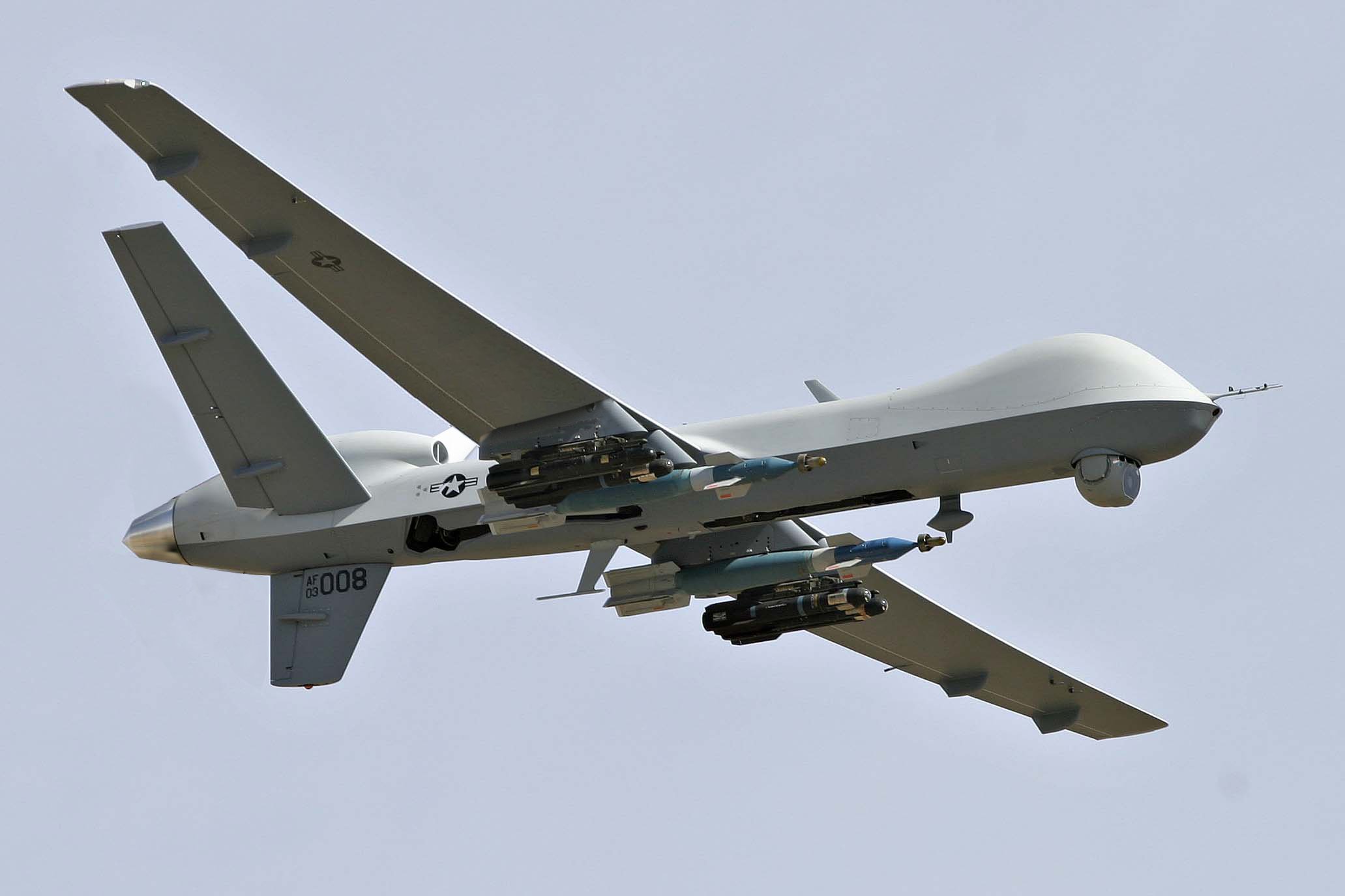
The Marines added two different types of anti-ship missiles for $153.8 million to the top of their $2.95 billion Unfunded Priorities List to Congress, USNI News has learned.
Number one on the list is 35 anti-ship Naval Strike Missiles for $57.8 million, followed by 48 Tactical Tomahawk long-range anti-ship and strike missiles for $96 million, according to the list reviewed by USNI News.
The asks further buttress the Marines’ new Expeditionary Advanced Basing Operations concept that calls for forces to move swiftly between outposts in a 21st-century island-hopping strategy. Part of the move will be to give Marines their own ability to take on enemy ships.
The Marines asked for 29 of the Norwegian-designed NSMs in the initial budget request and the additional unfunded ask would bring the total to 64 to outfit the service’s first operational, Navy-Marine Corps Expeditionary Ship Interdiction System (NMESIS) equipped with a medium-range missile (MMSL) battery by Fiscal Year 2024, according to the rationale to Congress.
The first battery would be part of the emerging 3rd Marine Littoral Regiment.

“NMESIS consists of two NSMs and a launcher/weapon control system integrated onto a ground-based, remotely operated carrier (called ROGUE-Fires). It will provide a ground-based anti-access/area denial, anti-ship capability. This program includes design, development, test and production of the NSM launcher, ROGUE-Fires carrier, Weapons Control System (WCS), and Command and Control (C2) connections to enable the transport and firing of NSMs. NMESIS makes extensive use of proven sub-systems, such as the Joint Light Tactical Vehicle (JLTV) chassis, the U.S. Navy’s Naval Strike Missile and its [weapon control systems],” according to the request.
“This quantity would provide two combat loads for Marine Corps MMSL batteries. Due to the long lead time (24-months), the NSMs must be procured in FY22 to support 3rd MLR in FY24.”
Following a classified program at number 2 on the list, the Marines want to complement their emerging ground-based anti-ship missile capability with the longer-range Tomahawk cruise missile.
“Procurement of the Tactical Tomahawk for Long Range Fires will provide a complementary capability to the NMESIS by providing a longer range, higher explosive missile with varied methods of attack. It will add depth and persistence to the units conducting Expeditionary Advanced Based Operations,” reads the request.
The 2019 expiration of the Intermediate-Range Nuclear Forces (INF) Treaty allowed the ground-based deployment of cruise missiles with a range between 500 and 5,500 kilometers. Shortly after that, the U.S. tested a modified Tomahawk from a range in California.
Number four on the list is the acquisition of two additional KC-130J aircraft for $197.7 million to replace two aircraft that were lost in Japan in 2018 and in California in 2020.
The Marines also want eight new AN/TPS-80 Ground/Air Task-Oriented Radars (G/ATOR) for $304 million and $75 million for upgrades to existing portable radar systems to allow G/ATORs to act as targeting nodes in the Navy’s growing Naval Integreated Fire Control and Project Overmatch regime that is part of the larger DoD-wide Joint All Domain Command and Control scheme.
“Warfighting improvements will result from increased joint force’s ability to conduct truly integrated air surveillance and air defense. This effort will increase the joint force’s ability to conduct integrated air and missile defense by providing real-time target data to Integrated Air Missile Defense (IAMD) for integration of capabilities. Initiating funding in FY22 will reduce RDT&E execution risk and allow for a less compressed development effort while still meeting the warfighter’s needs in a timely manner,” reads the report.
Also in aviation is the acquisition of two MQ-9A Reaper unmanned aerial vehicles. Buying the Reapers in FY 22, “will reduce total aircraft and system cost with joint procurement with the United States Air Force, provide needed attrition air vehicles on schedule, and will allow USMC to procure the upgraded block 20 and 25 Reaper configuration planned for FY25,” reads the justification document.
“The MQ-9 unmanned Group 5 system is the material solution for the USMC MAGTF Unmanned Expeditionary (MUX) medium-altitude long-endurance (MALE) requirement and will provide the USMC with persistent C4ISR-T to accomplish ‘deterrence through detection’ in the maritime environment.”
For individual Marine gear, the service asked for $161.7 million that included combat equipment for the reserves, night vision goggles, a next-generation plate carrier and a water purification system.
The service also asked for $1.22 billion for military construction projects that include wastewater treatment plants and aircraft hangars in South Carolina and California, a new mess hall for the Marine Corps Recruit Depot in San Diego, Calif., and a new air traffic control tower at Marine Corps Air Station Cherry Point, N.C.





